Effective Digital Tools Aid in Student Engagement in Classrooms
Effective Digital Tools For Students 2018
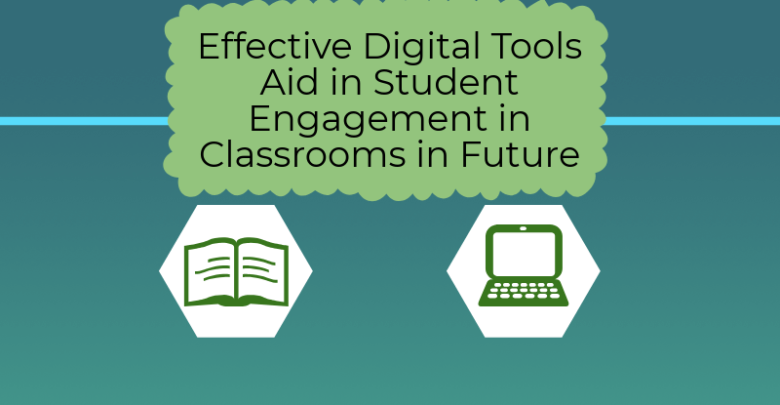
In today’s ever-changing world of education, digital tools are proving essential in creating compelling lessons and keeping “digitally fluent” students engaged in course material. As schools race to create 21st century learning environments, they are looking for ways to integrate technology into the learning experience. There are rewarding digital tools available for nearly every subject, but some of the most innovative relate to a history/social studies curriculum. Below I explained about the “Effective Digital Tools Aid in Student Engagement in Classrooms in Future“.
Implementing the following apps and websites will not only help students meaningfully interact with the course material but will also provide the opportunity to connect to the world around them. These tools not only expose them to different modes of content delivery but also facilitate a variety of learning approaches, catering to students with different learning styles. Finally, these tech tools allow students to display their knowledge through a variety of learning products, such as multi-media presentations, interactive projects and collaborative team work. Learn more “How Using Technology Can Help With a Child’s Education“.
There are a variety of tools, each applicable to a different aspect of history/social studies. Let’s break them down into the traditional classroom components of content delivery, process and product.
Table of Contents
Content Delivery:
Applying the Flipped Classroom model is one of the easiest ways for schools to adopt a 21st Century learning environment. By assigning students to watch lectures online as a homework assignment, the social studies teacher maximizes instructional time the next day. There are several methods (and plenty of on-line material) to create Flipped Classes and no right or wrong way, but there is an important distinction to be made between pre-recorded material versus teacher-delivered lectures. Sites such as YouTube, TEDEd and Khan Academy are full of relevant lectures that can be assigned to students to watch on their own time. Theme-specific content abounds such as the Crash Course series (US and World History) and Hip Hughes highly-recommended history video series are examples of non-traditional media offering high-quality free content as well. PBS Video offers an array of well-made documentaries, such as the fantastic American Experience videos. There are thousands of documentaries that can be streamed on TopDocumentaryFilms including hundreds geared toward history and social sciences. Another good resource are Dan Izzo’s 3,000 videos on his YouTube channel, many of them short (two to five minute) US History and World History videos. If teachers wish to assign their own taped lectures, they can record them with webcam and simply upload them to You Tube, Vimeo or Google Drive. To enhance the lectures, they can embed photos, voice-overs and text into their lectures using tools such as VoiceThread, PowerPoint or Screencast.
Read more: The Importance of the English Speaking in Today’s World
Beyond lectures, there is a wealth of web-based information pertaining to history/social studies. Launched by developer Kenneth Udhe, Go Social Studies Go is a very informative and easy-to-navigate series of multimedia books about history/social studies topics. The site is divided into four main sections: World Geography, World Religions, World History and U.S. History. Each section consists of booklets composed of text, pictures, videos, and links to additional resources. History Animated offers animated online tours of notable battles in the American Revolution, the War of 1812, the American Civil War, and WWII. Another good military history resource is Conflict History which allows students to view conflicts on a global scale through time via interactive world maps and time lines. History Animated’s maps also show troop movements throughout various wars. Students can progress through the tour at their own pace using the fast forward, pause, and rewind buttons. Another site worth mentioning is Gooru, which is a service that provides teachers and students with an extensive collection of videos, interactive displays, documents, diagrams, and quizzes for learning about a wide range of topics including social studies. Teachers can drag a wide range of resources (from videos to text to lesson plans) to their personal Resources to download or present to their class. A fun alternative is History for Music Lovers which has a catalogue of music videos related to dozens of topics in World History. in the American Revolution, the War of 1812, the American Civil War, and WWII. The videos are set to the music of well-known songs with the lyrics changed to tell the stories of historical events like The Crusades, The French Revolution and William the Conqueror.
Read more: Top 10 IT Certifications In Demand Today 2018-19
Though most of the on-line content being delivered is secondary source material, there are plenty of primary source materials available as well. One really ground-breaking site is DocsTeach which really brings history to life by allowing teachers to find primary sources and then insert them into a customizable activity for their students. The activities are designed to develop historical thinking skills. Similarly, HistoryPin relies on primary source material from the general public in order to create an archive of history. Using Google Maps and Street View technology, users are able to upload their personal stories about different historical periods and pin their old photos to the map as well.
Excellent article about the “Best 5 Trending English Speaking Mobile Apps”
Processing the Material
Once the content has been delivered, the next step is finding innovative ways to engage students in the material they have been presented with. As we have learned in recent years, the days of sitting silently and taking notes have passed us by. Note-taking has evolved, as new apps like NotesPlus have proven. The app recognizes both type-written and hand-written notes and allows students to lay audio, video and photos over their notes. Students can record their teacher’s lecture while layering their notes over it. Graphic organizers are easy to create, giving teachers a great tool in terms of assessment. Finally, students can take notes directly onto a .pdf which opens a lot of possibilities for instruction. Similar apps of note are Notability and GoodNotes Free. Encouraging students to blog about their responses to the material way has proven to be a very effective tool to spark higher-level thinking and peer evaluation. There is a wealth of information online on how to implement blogging in the classroom, but EduBlogs, Blogger and WordPress are good places to start. A similar tool is creating a wiki for the class. A wiki, a website created by any small community, allows teachers and students to share materials and feedback in a common space and can be used for content delivery, assessment and discussion.
Read more: Scoop in the IT Market to Have a Glimpse at Hardware Jobs
Some of the current digital tools offer alternative forms of learning, such as history-themed interactive games such as GeoSense and PlayingHistory. European Exploration: The Age of Discovery is a free iPad app that allows students to do role-play as explorers of the “New World.” In the game, students select explorers and ships to send out to the New World and then manage the finances of their expeditions so that they don’t run out of money before they can return home safely. FreePoverty takes the games a step further by encouraging learning and civic involvement at the same time. The water-related non-profit that created this game donates money towards water-lacking communities based on the students ability to locate landmarks on a map. Mission U.S. offers two role-playing games designed as interactive journeys that lead students through two periods of US History. Another thought-provoking site is, 10×10 where RSS feeds are screened for the most important words of every hour. Students can see what is being talked about around the world and can also look back at the most influential ideas and events of each day, month or year. A similar site great for a holistic view of current events in Newsmap; this site also aggregates the top news stories of the day and breaks them down into topics like politics, economy, health, etc. Users can also see which news stories are making the biggest headlines in a variety of countries.
Read more: 10 Easy Ways On How To Make Money While in College 2018
Teachers looking to spark a good debate should look at Ticckle, an video debate forum offering students the opportunity to weigh in a variety of topics with carefully-composed arguments. An interesting twist is FlipGrid wherein the teacher poses a question and students respond to the question in video format. This allows them to prepare their response and present an argument, tapping into the Evaluation Process of Bloom’s Taxonomy. The MuseumBox site works in a similar manner, except the student’s argument (or description of an event) is placed in a virtual box. The site supports text files, .pdf files, videos, images or webcam audio/video recording which is produced directly on the site.
Assessment and Content Creation
When it comes to forms of assessment, new digital tools are providing social studies teachers with a wealth of innovative options. As current brain-based research has shown, encouraging students to synthesize their learning into a learning “product” substantially develops their knowledge. Multi-media presentations are proving to be effective in not only keeping students focused on the material, but developing the higher-level thinking teachers encourage. Within the realm of history/social studies, the possibilities here are endless. Student-produced timelines for example, allow students to gain a more holistic view of a time period as they see how events in different regions or time periods all relate to each other in “the big picture.” There are great timeline-related resources out there; sites like such as Timelines.tv offer pre-made timelines for students to peruse or download. The site has six timelines of important eras in U.S. and European history; each timeline has text and photos, as well as short videos about people and events in the era. In terms of producing timelines, TimeLineMaker, created by Teachnology.com is perfect for simple timelines (up to nine events) whereas sites like Capzles, Dipity, TimeGlider, TimeRime, TimeToast and Preceden are worth exploring for more advanced timelines.
Read more: Student-Stutterer: How To Survive In The University
Many of the popular apps and sites that allow students to create multi-media presentations are ideal for history/social studies. Creating online presentations are easy with PowerPoint or Keynote, but Prezi is revolutionizing the on-line presentation with its easy-to-use non-linear format. Ahead is similar to Prezi, allowing users to upload high-resolution images, videos, and even files from Adobe products and Microsoft Office directly into their interactive presentation. Other on-line presentation apps of note are Haiku Deck, Narrable and Idea Flight. Narrated slide shows and screencasts allow students to present material in a multi-media format. Some of the best apps are SonicPics and Storyrobe. Also worth a look are Educreations which allows students to turn their iPad into a whiteboard to make a presentation and ReplayMe which makes it easy to record writing and voice and convert it into a YouTube video. Explain Everything is another design tool based on the interactive whiteboard of the iPad; this app makes it easy to animate, narrate and annotate explanations and presentations. Voice Thread is a popular and easy-to-use tool wherein students can lay audio over documents, diagrams or even videos. These are great for group presentations or off-line class discussions as students can each weigh in on the topic in an asynchronous manner. Glogster EDU is a popular site that allows students to create digital posters with a mixture of text, images, movies, sounds, voice recordings or hyperlinks to other resources, etc. These posters or “glogs” can then be shared via social media or embedded in a student digital portfolio or classroom blog. Maptia is a fun idea, as it allows students to create slideshows that combine photos and text that can then be pinned on a world map.
Know more about the “Top 10 Cities for Marketing Jobs 2018“.
Creating e-books is another great way for students to apply their history/social studies knowledge into a learning product. BookCreator, Story Creator and Book Writer sync well with iPads. Storybird is a worthy option due to their easy-to-use template for kids of all ages.
Kids love making films to show what they have learned, so be sure to check out some of the most popular movie-making apps/programs such as iMovie, Camtasia, Animoto Video Creator, Book Creator for iPad, eBook Magic. In addition, WeVideo is a new easy-to-use film-creation tool that is getting great reviews as well. A new video-creation tool getting a lot of positive press lately is SooMeta. This platform allows students to mix videos with still images, text, music, weblinks and more. The presentation resembles a video slideshow and can be done in a simple manner or a more stylized remix form. This site is also a great way for teachers to flip their web content into video lessons. Beyond these tools, there are several non-conventional presentation tools like ScreenChomp wherein students present their ideas by sketching on a doodling board, narrate it, record it and share it. Shadow Puppet and Skitch are also worth checking out.
Learn more: How Using Technology Can Help With a Child’s Education
Hopefully it is obvious by now just how many innovative digital resources are out there for history/social studies teachers. Recent breakthroughs in communication, computing power and globalization have presented teachers with a unique opportunity to use new forms of learning and new access to knowledge in order to create a truly transformative learning experience. Hopefully, by utilizing some of the ideas and tools, teachers will be able to create meaningful lessons that not only present history and social studies in an engaging manner, but allows students to deliver their ideas in innovative ways and develop their own global citizenship in the process.
Comments
0 comments
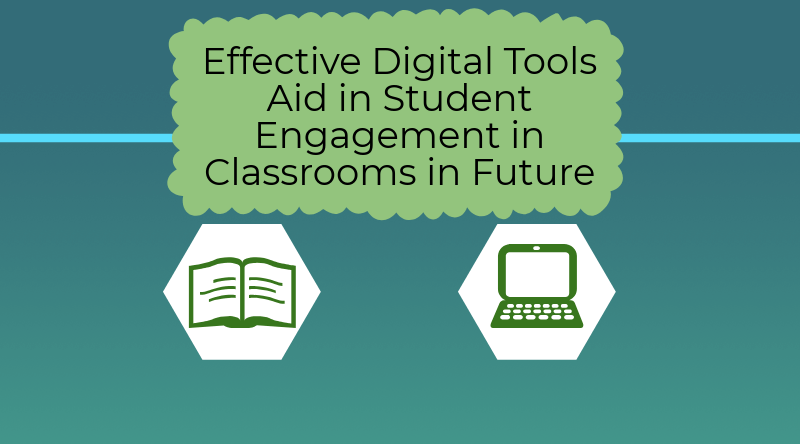
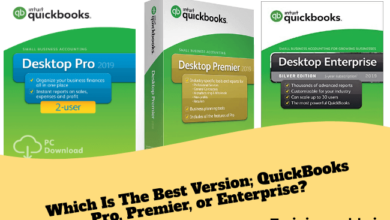
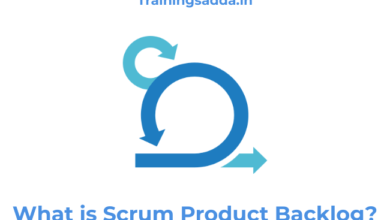


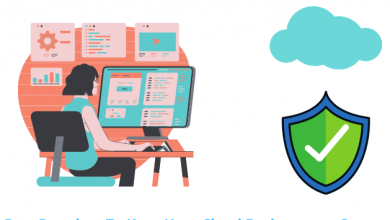
Hi there, You’ve done a fantastic job. I will certainly digg it and personally
suggest to my friends. I am sure they’ll be benefited from this site.
I just could not depart your web site prior to suggesting that I actually loved the usual information an individual supply on your guests? Is going to be again steadily to inspect new posts.
Thank you for every other great post. The place else may just anybody get that kind of information in such an ideal method of writing?
I have a presentation next week, and I am on the look
for such info.